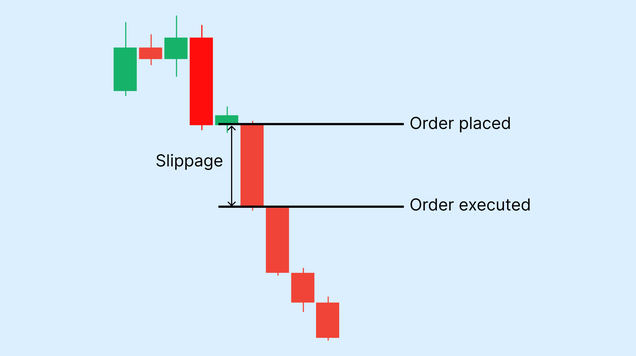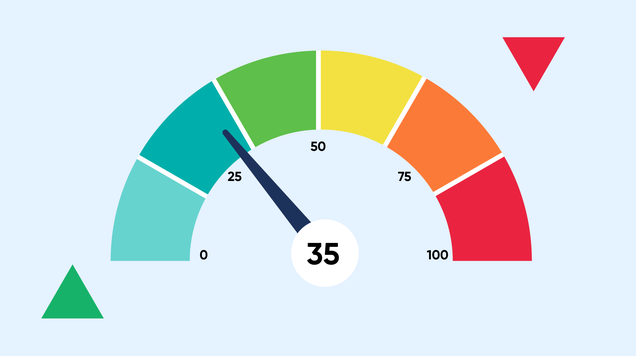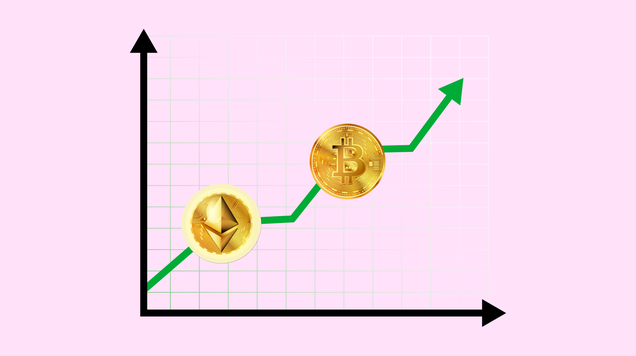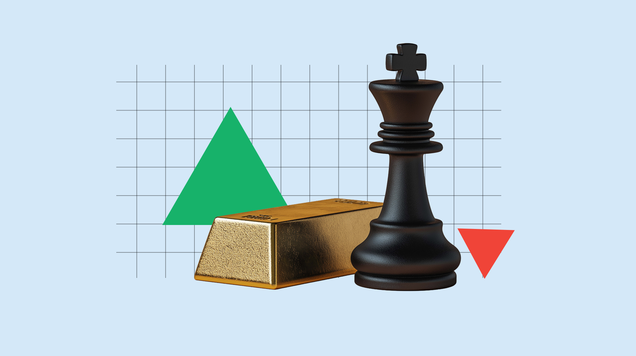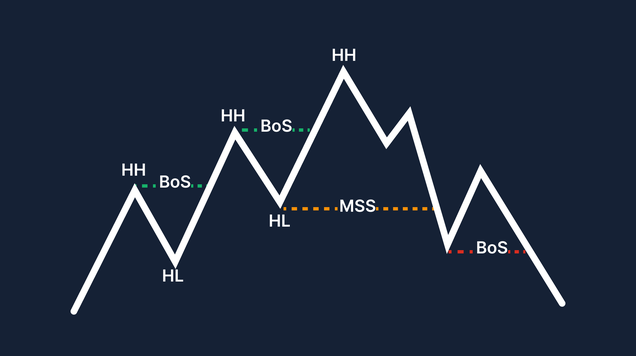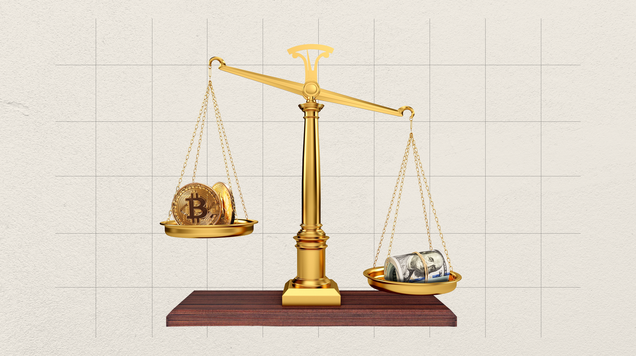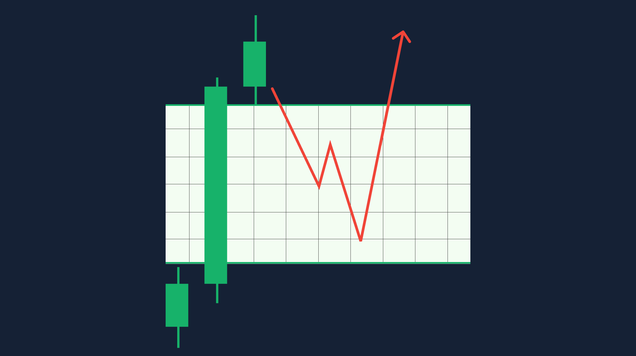What is the hanging man candlestick pattern?
The Hanging Man is a bearish reversal candlestick pattern that forms after an uptrend and signals weakening bullish momentum.

Appears at the top of an uptrend and signals potential bearish reversal.
Features a small real body and long lower shadow, showing strong intraday selling.
Indicates a shift in sentiment where sellers are testing buyers’ strength.
Needs confirmation before acting on the signal.
Formation and characteristics
The Hanging Man is part of the broader family of single candlestick patterns and is widely used in candlestick chart pattern analysis. It signals a possible reversal in trend after a strong bullish rally.
This pattern forms when a candle opens near its high, drops significantly during the session, but closes near the open. The result is a candle with:
- A small real body at the top of the candle's range.
- A long lower shadow — at least twice the size of the real body.
- Little to no upper shadow.
This combination suggests that although buyers managed to push prices back up before the close, a strong presence of sellers disrupted the uptrend.
How it forms in market psychology
Understanding this candlestick pattern requires insight into market psychology.
Imagine an asset in a strong uptrend. The market opens higher or flat. Then, sellers step in aggressively, driving prices lower — the long lower shadow. Later in the session, buyers come back and push the price near the opening level.
Although the close may appear bullish, the strong selling pressure within the session reveals cracks in the bullish momentum. This is what makes the Hanging Man a bearish warning.
But the pattern alone doesn’t confirm a reversal — it simply raises the possibility. Smart traders wait for further confirmation.
Confirmation and trading signals
Since the Hanging Man only signals potential weakness, confirmation is critical before using it to make a trade. Here are common ways traders confirm the pattern:
- A bearish candle follows that closes below the Hanging Man’s real body.
- The next session shows a gap down at the open.
- Trading volume increases significantly during or after the Hanging Man candle.
- Technical indicators like RSI show overbought conditions or divergence.
These signs help validate the signal from the Hanging Man, increasing the chance that the uptrend is truly losing steam.
How traders use the hanging man pattern
Once confirmation is in place, traders might act as follows:
- Sell or short the asset, expecting a reversal.
- Place stop-loss orders above the high of the Hanging Man candle to limit risk.
- Use other tools, like support and resistance levels, MACD crossovers, or moving averages, to confirm the trading environment.
For those studying trading candlestick patterns in detail, the Hanging Man is often a first sign to scale out of long positions or hedge with short strategies.
Similar candlestick patterns and how to differentiate
There are several types of candlesticks that resemble the Hanging Man, so it's vital not to confuse them.
- Hammer:Structurally identical to the Hanging Man, but appears after a downtrend and signals a bullish reversal.
- Shooting Star: Appears after an uptrend but has a long upper shadow and a small body at the bottom — another bearish signal, but with a different shape.
- Inverted Hammer: Appears after a downtrend with a long upper shadow. Unlike the Hanging Man, it’s bullish if confirmed.
Understanding these subtle differences is key to mastering candlestick patterns in trading.
Advantages and limitations of the hanging man
Advantages:
- Easy to recognize visually in any candle chart pattern.
- Acts as an early warning to evaluate long positions.
- Works across markets — forex, crypto, stocks, and commodities.
Limitations:
- High chance of false signals without confirmation.
- Can appear frequently in volatile markets, making it less reliable on its own.
- Lacks directional certainty — may lead to sideways movement rather than full reversal.
Traders should always combine it with technical indicators, volume, and support/resistance levels.
Final thoughts
The Hanging Man is a powerful warning sign for traders relying on candlestick pattern analysis. When it appears at the top of a rally, it suggests that the tide may be turning. However, this single candlestick pattern should not be traded in isolation.
By combining the Hanging Man with volume, technical indicators, and confirmation candles, traders gain a higher probability of success. It’s a reminder that even in strong uptrends, buyers can lose control, and reversals often begin subtly.
Whether you're a beginner exploring bullish and bearish candlestick patterns or a professional refining your candle stick chart pattern recognition, the Hanging Man deserves your attention.
Frequently asked questions (FAQs)
- Does the Hanging Man pattern always mean a reversal?
No. It is only a warning signal. You need confirmation from the next candle or other indicators. - Can I use the Hanging Man in stocks or forex trading?
Yes. It works in all liquid markets, including stocks, forex, and stocks. - How do I avoid false signals with this pattern?
Always wait for confirmation — such as a bearish candle or drop in price — and combine it with volume and indicators. - What makes it different from a Hammer?
Same shape, different context. A Hammer comes after a downtrend and suggests a bullish reversal. Hanging Man comes after an uptrend and suggests bearishness.
